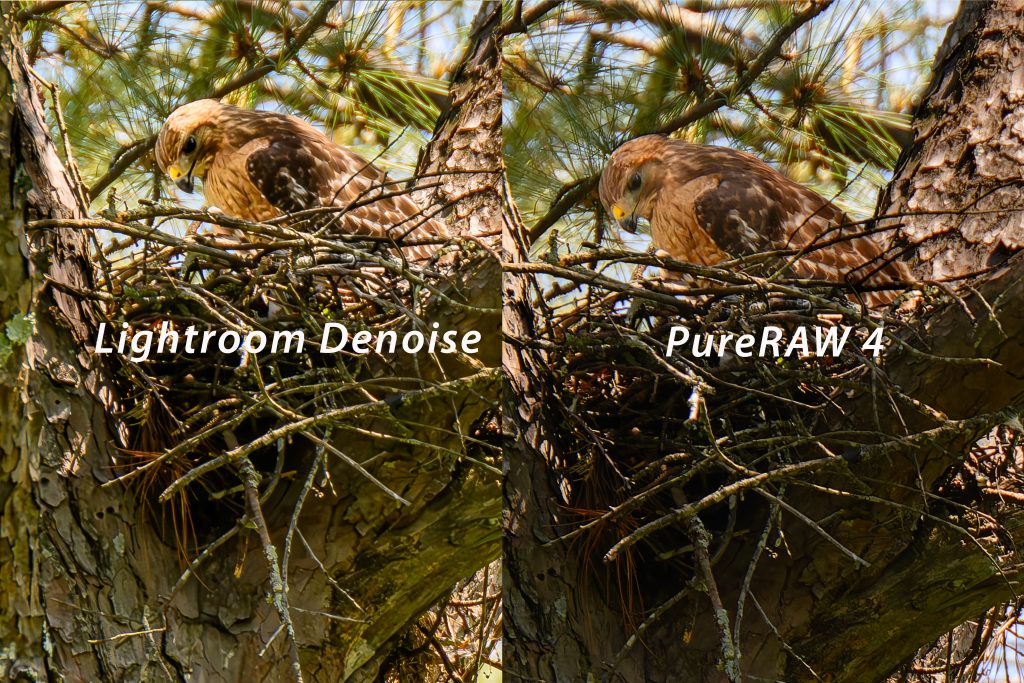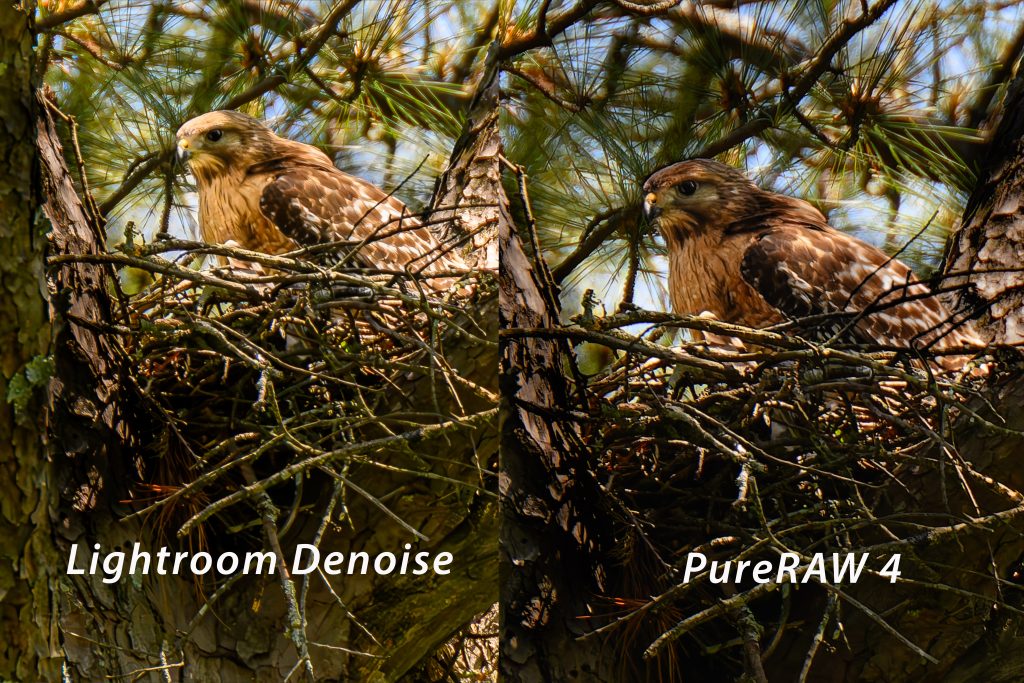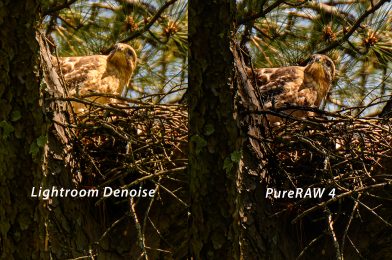In the fast-paced world of digital photography, staying ahead of the curve often means embracing new tools and technologies that enhance the quality of our images. One such tool that has become indispensable for photographers is denoise software. Whether you’re a seasoned pro or an enthusiastic hobbyist, incorporating Denoise software into your workflow can make a world of difference in the clarity and polish of your photos.
Let me take you on a journey through my experiences with Denoise software, from struggling with noisy RAW files to discovering the power of advanced denoising algorithms like DxO PureRAW 4.
When I first got the Nikon Z9 in December 2021, I was thrilled with its performance. However, I quickly realized that Lightroom struggled to interpret the RAW files, especially at high ISOs, as it would later be able to interpret. The resulting images were marred by distracting noise, robbing them of the crispness and detail I desired. It was a frustrating setback until I stumbled upon DxO PureRAW 2, which provided a much-needed solution and delivered pleasing results even at ISO 25600.

Just as I was settling into my newfound denoise bliss, Lightroom unveiled its denoise feature just a week later. Naturally, I was curious to see how it stacked up against my trusted PureRAW. The convenience of having denoise capabilities integrated directly into my primary editing software was undoubtedly appealing, and I gave it a fair shake.
However, despite Lightroom’s advancements, I wanted even more nuanced control and superior results. Even when shooting at semi-high ISOs like 3600 while photographing Red-Shouldered Hawks in my backyard, I was disappointed with the Lightroom Denoise.
Fast-forward to yesterday, when I decided to take the plunge and upgrade to DxO PureRAW 4. With promises of further enhancements and optimizations, I eagerly reprocessed some of my previous work done in Lightroom to put PureRAW 4 to the test.
Breaking Barriers: PureRAW 4’s Compatibility Breakthrough with Nikon RAW NEF (HE) Files
In my journey with Denoise software, I encountered hurdles with earlier versions of DxO PureRAW, particularly versions 2 and 3, such as their compatibility with Nikon RAW NEF (High Efficiency) files. As a Nikon shooter, this posed a significant challenge, as the NEF (HE) format is designed to conserve storage space while maintaining image quality—a win-win for photographers looking to optimize their workflow without sacrificing performance.
Unfortunately, PureRAW 2 and 3 fell short in this regard, as they were unable to process NEF (HE) files, leaving me with no choice but to resort to uncompressed RAW formats. While this resulted in higher-quality images, it also came with a hefty trade-off in file size, with uncompressed RAW files ballooning to a staggering 120 MB compared to the more manageable 32 MB of compressed NEF files.
This posed a dilemma for me. While PureRAW’s denoising capabilities were undeniable, the prospect of dealing with significantly larger file sizes was a major deterrent. I seemed to be faced with a choice between superior image quality and practicality—a compromise that I was reluctant to make.
Enter DxO PureRAW 4, a game-changer in every sense of the word. PureRAW offered compatibility with Nikon RAW NEF (HE) files for the first time, opening up a world of possibilities for Nikon shooters like myself. This meant I could finally enjoy the benefits of denoise processing without sacrificing the efficiency and convenience of the NEF (HE) format.
This breakthrough was nothing short of revolutionary for my workflow. By allowing me to process the smaller NEF (HE) files directly, PureRAW 4 eliminated the need for cumbersome uncompressed RAW formats, streamlining my editing process and saving valuable storage space. The missing piece of the puzzle finally made PureRAW a viable and indispensable tool in my arsenal.
In essence, PureRAW 4 not only raised the bar in terms of denoising performance but also demonstrated a commitment to meeting photographers’ evolving needs. By listening to user feedback and addressing critical pain points such as file format compatibility, DxO has once again reaffirmed its position as a leader in image processing software.
For Nikon shooters like myself, leveraging the power of PureRAW while retaining the efficiency of NEF (HE) files is a game-changer. It’s a testament to the relentless pursuit of innovation and excellence that drives DxO—and a clear indication that the best is yet to come.
The difference was immediately apparent. Side-by-side comparisons revealed clarity and refinement that surpassed what I had achieved with Lightroom’s denoise feature. The details in the hawks’ feathers were crisper, the shadows smoother, and the overall image quality noticeably improved.
But what exactly sets denoise software like DxO PureRAW apart from the rest? It all comes down to these tools’ sophisticated algorithms and meticulous processing. By analyzing RAW files at a fundamental level, PureRAW can tackle noise reduction at its source, resulting in cleaner images that retain more detail and texture.
Of course, PureRAW is just one of several denoise options available to photographers. Lightroom and Topaz Photo AI also offer powerful denoising capabilities, each with strengths and advantages. The key is finding the right fit for your specific needs and preferences. I often see the difference between Lightroom Denoise, Topaz Photo AI, and, as of yesterday, DxO PureRAW 4.

So, if you love shooting photos and are passionate about capturing every detail with clarity and precision, I highly recommend trying Denoise software. For true pixel peepers like myself, DxO PureRAW 4 is worth a closer look.
Ultimately, denoise software can be a game-changer, whether shooting in low light, pushing the limits of your camera’s ISO capabilities, or striving for the best possible image quality. It’s a small but mighty tool that can make a difference in the outcome of your photos, helping you achieve the stunning results you’ve always dreamed of.

